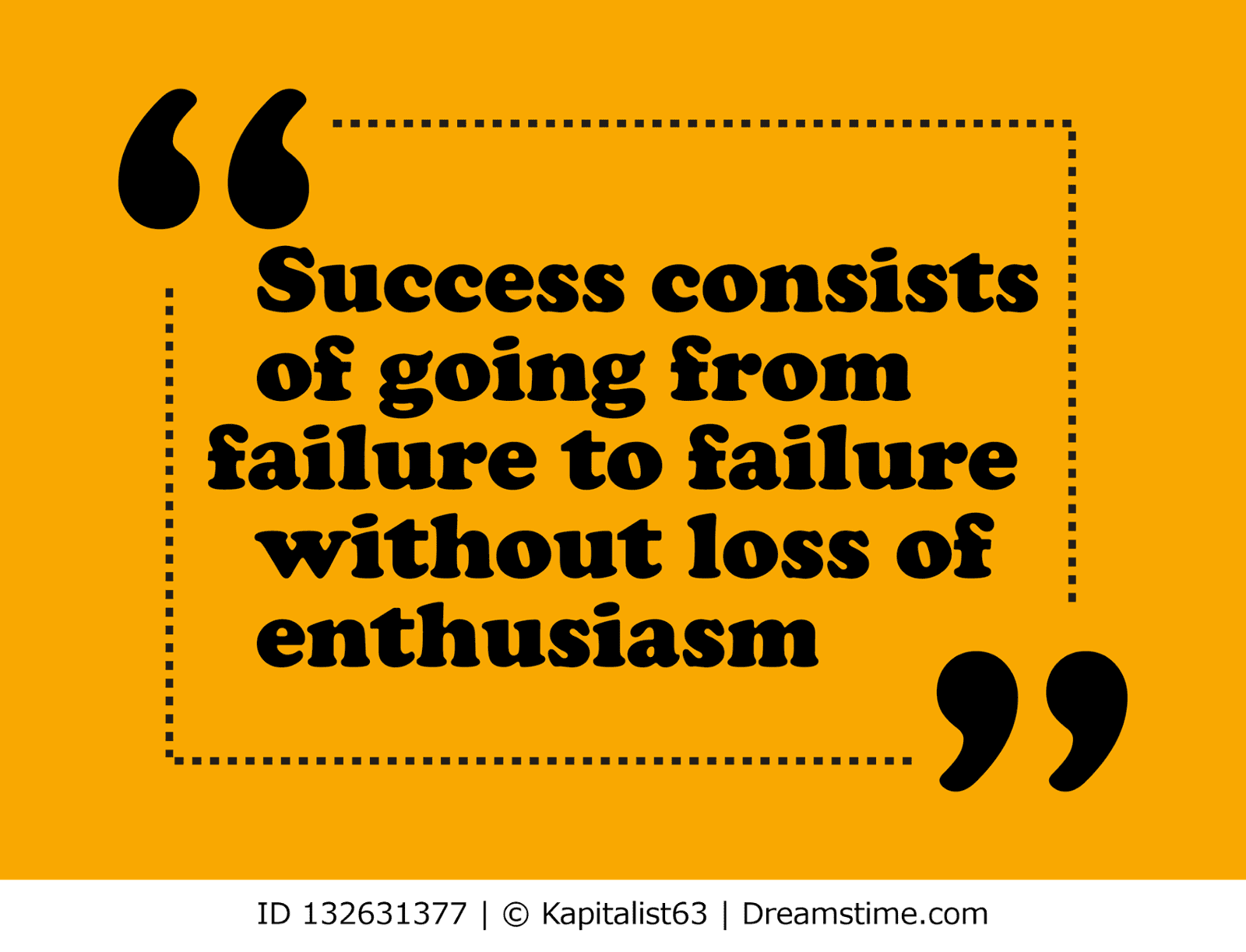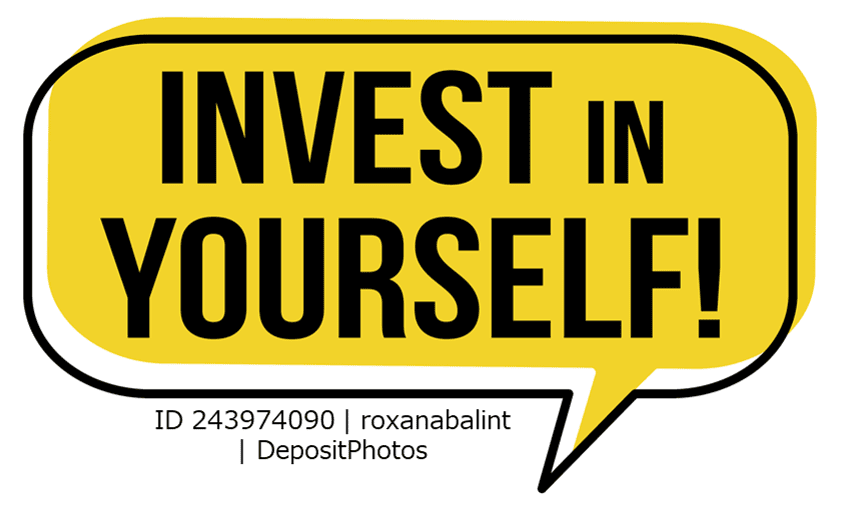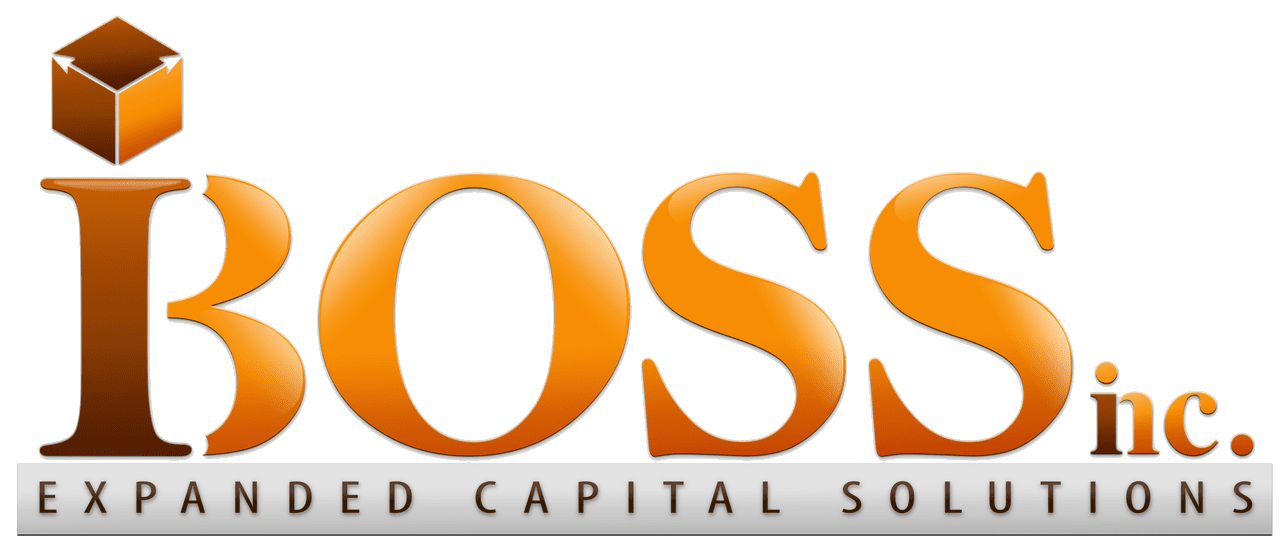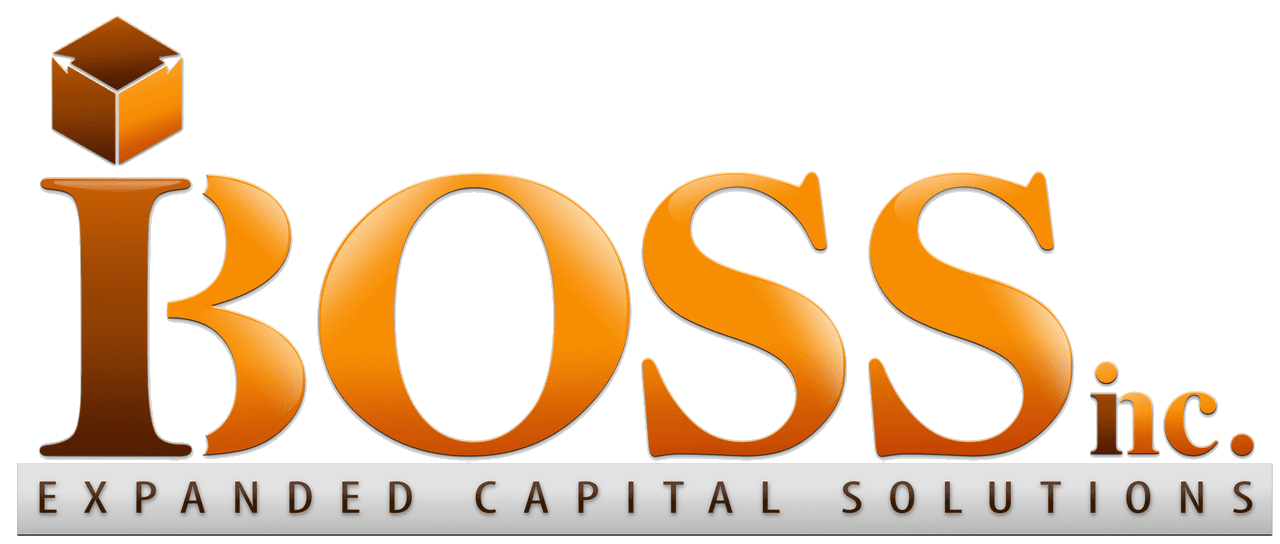07_Storytelling Through Numbers and Successes
07_Storytelling Through Numbers and Successes
![]() | Disclosure and Transparency Statement: This article includes AI-generated content; see the complete statement below.
| Disclosure and Transparency Statement: This article includes AI-generated content; see the complete statement below.
Deciphering the Essence of a Track Record in Investment Terrain
Let's discuss why an entrepreneur's performance history means so much to investors. On the surface, it's just a sequence of past venture names, some metrics, exit details, etc. But that track record reveals a more profound story for startup creators and growth leaders. It's the backstory of handling unexpected pitfalls, the resilience displayed after setbacks that could have ended dreams, and having the creativity and hustle to adapt on the journey from ideas to outcomes.
Finding the Real Value Within Entrepreneurial Track Records
So, when VCs and angels comb through entrepreneurs' histories to determine where to place their bets, it becomes an intricate evaluation. Every data point gets interpreted through a wider lens focused way beyond the bullet points:
- What do patterns in your strategic pivots suggest about your ability to anticipate market shifts?
- How have you evolved emotionally through turbulent phases?
- Can you repeatedly guide concepts from possibilities into meaningfully scaled solutions?
Savvy investors essentially take your entrepreneurial pulse based on previous executions, assessing traits like durability and vision just as much as past financial results. A robust backstory showcasing tenacity, purposeful innovation, and real-world impacts makes a strong case for writing the next chapter together.
Of course, in our rapidly evolving climate, a simplistic walk down memory lane no longer adequately showcases all your assets. The most convincing track records weave together a holistic tapestry of essential elements:
With all those integral facets interconnecting, your track record vividly spotlights not just periodic prepared exits but continuing personal growth and dedication. This color helps convey why previous supporters rallied around you. And ultimately, why fresh capital can confidently accelerate momentum into the next phase.
Your Company's Evolutionary Arc: Mapping key milestones demonstrates responding adaptively from scrappy founding to established player at each stage. Maybe you started as a simple eBay business before dramatically pivoting towards an integrated SaaS suite. Connect those dots.
Benchmarking & Market Ranking Data: Metrics proving you outpace niche competitors point clearly to strengths setting you apart. Provide specific KPI comparisons showing areas that you excel in, like month-over-month subscriber growth.
Lessons Extracted From Stumbles: Being transparent about major mishaps and then spotlighting upgraded weak spots signals resilience. Share a story of an early product failure tied to incorrect assumptions and how extensive user research led to the upgraded release.
Behind-the-Scenes Sacrifices Made: Shed light on tough choices and risks absorbed most outsiders overlook. Quantify personal budgets impacted by shrinking pay to fund your purpose.
Reputation Over Time: Recognition through media profiles, speaking opportunities, and community excitement builds credibility. Showcase a major conference keynote offer that came after increased notoriety from a successful exit.
A Multidimensional Track Record Ensures Continued Investment
Let me use a standout example of leveraging a robust performance history to showcase high potential - BizFlow Solutions, founded by seasoned entrepreneur Stacy Wu.
Stacy's journey has seen exhilarating highs and gut-wrenching lows over the years. However, each experience strengthened BizFlow's positioning and leadership credentials through determined vision and adaptability.
Rather than simply tallying up profitable ventures started, Stacy focused on conveying an interconnected narrative highlighting her constant learning. It illustrated critical entrepreneurial assets like resilience in overcoming setbacks, nimbly adjusting product-market fit, and forging mutually beneficial partnerships.
She launched BizFlow by zeroing in on an underserved market niche, helping local small business owners better manage essential operations like scheduling, client communications, and project workflow. Beginning from humble origins, BizFlow swiftly expanded its user base, achieving exponential growth in its initial years. Rather than good fortune, this traction can be traced directly back to Stacy's strategic early customer research, allowing her to identify an ideal target segment poised for automation solutions precisely.
Stacy spearheaded ongoing user studies and continuous product enhancements responding to evolving needs. Her product team's innovation combined with Stacy's marketing ingenuity to systematically elevate awareness and loyalty. BizFlow's minimum viable product offering, a streamlined coordination hub tailored for solopreneurs and micro-businesses, clearly fulfilled core coordination struggles for its initial client base. Rave user feedback during early testing rapidly validated Stacy's insights into ripe target user needs and sizable addressable market potential.
Fortunately, Stacy's strong industry connections from previous entrepreneurial successes working in edtech earned BizFlow added credibility amongst investors and partners. Her positive reputation commanded respect, boosting BizFlows' early traction despite stabilizing operations. Under Stacy's adaptive guidance, BizFlow steadily evolved into a maturing player by adjusting its solution offerings based on shifts in customer requirements and competitor offerings. Stacy instilled a culture obsessed with field research and responding to findings with inventive feature rollouts optimized for client delight.
BizFlow's multidimensional track record established Stacy as both a strategic innovator and resilient leader capable of guiding her company through future obstacles by leaning into change rather than being passive. This positioning reassured investors that BizFlow represented a promising bet blessed with an agile captain able to steer towards continued shared success rather than chasing short-term wins.
Industry Benchmarks and Comparative Analysis

On the surface, these performance yardsticks and peer analyses might seem purely operational. And yes, they definitely provide crucial internal insights illuminating a company's positioning amongst market rivals. Using standardized data enables self-evaluation, weighing strengths versus shortcomings in areas like profit margins, growth pace, customer loyalty, etc.
But benchmarking statistics also reveal deeper truths - specifically for founders engaging with potential investors. You see, investors rely heavily upon benchmarking frameworks while evaluating prospects. The metrics act like an analytical compass, pointing them towards standouts worthy of capital allocation based on past triumphs and indicating future upside.
Harnessing the Power of Industry Benchmarks and Peer Benchmarking
Essentially, those outperforming their subgroup's average performance levels spark investor curiosity based on competitive advantages uncovered through number-crunching. The data-driven insight suggests models optimized for current market conditions and consumer demand.
Now ascending beyond solitary benchmark analysis, formal competitor comparisons expand perspective further. Evaluating a business against specific market leaders and disruptors across additional areas like technologies leveraged, strategic choices, innovation pipelines, and market penetration uncovers nuanced differentiations.
This rigorous comparative analysis fuels enhanced contextual understanding - catnip for investors combing through pitches. By weighing a company's profitability, positioning, and potential stacked against key players in its sub-sector, investors accurately predict future prospects and risk factors that guide decisions.
When analyzing potential investment targets, standard benchmark and comparison metrics scrutinized span:
- ROI Across Business Units - Demonstrating consistent returns on capital invested signals financial discipline. Segmented analysis prevents high-performers from hiding underperformers.
- Profit Margin Trajectory - Robust margins demonstrate efficient operations and value extraction critical for enriching investors. Exceeding niche peer averages suggests competitive platforms.
- Revenue Growth Curve Analysis - Investors seek steep growth, not stagnation. Comparing acceleration, current scale, and available headroom provides market share clues.
- Customer Lifetime Value vs. Acquisition Costs - These outputs evaluate customer relationships, revealing how future value generation compares to marketing expenditures.
- Net Promoter over Time - High NPS signifies satisfied vocal advocates providing referrals and repeat purchases.
While some founders showcase strengths versus benchmarks, savvy entrepreneurs apply insights internally to bolster operational excellence. They obsess over metrics from top performers and emulate their strategies and efficiency tactics. By spotlighting these continual optimization efforts, founders reassure potential investors of their drive. It signals responsive leadership rather than passive benchmark gazing.
Let's walk through an example. Say a retailer, Urban Gear, spearheads casual fashion apparel for bike commuters. As part of its capital raising, Urban Gear can summarize benchmarking reports validating breakout success. Urban Gear's revenue growth velocity recently doubled, outpacing industry averages as demand rapidly scales. Regular benchmarking reviews help leadership maintain perspective on performance pillars like inventory turns and customer repeats relative to peers. Comparative analysis confirms advantageous market fit with leading customer satisfaction scores and referral rates.
Rather than complacency, Urban Gear leverages outlier metrics to double down on R&D and manufacturing pipelines supporting expansion. The data quantifies open headroom before saturation. Urban Gear's CEO also scrutinizes the operations of category darlings to replicate their agility. This initiative demonstrates responsive leadership to potential investors - an obsession with analytics to extend competitiveness.

From Failures to Lessons
All right, let's discuss an entrepreneurial journey. The truth is that the path is filled with pitfalls, humbling detours, and outright disasters. Although emotionally crushing at the moment, experienced investors recognize even the most blazing failures as instrumental opportunities for learning essential lessons and growth.
They deeply value a founder's developmental capacity to transform setbacks into competitive advantages rather than repeat mistakes. This refinement under fire signals resilience paired with a commitment to continuous optimization, which is vital in turbulent industries. Effectively showcasing insights from past stumbles and victories builds character reputations investors gravitate towards.
Extracting Growth Opportunities from Past Failures
True mastery over failure involves more than acknowledging it occurred or stating generic platitudes about lessons learned. To genuinely convert defeat into energy propelling your next success requires:
Step 1: Unflinching Autopsy Identifying Root Causes
Performing a blunt, non-emotional post-mortem assessment establishes a factual understanding of exactly what broke out, free of biased blame-casting. Prioritizing radical truth-seeking over ego protection helps trace why elements underdelivered across vectors like product-market fit, budget overruns, or technical debt accrual. Preventing recurrences requires diagnosing where miscalculations originated before cascading downstream.
Step 2: Demonstrating Adaptability
Bouncing back after public losses requires personal grit that is almost unimaginable to those not experiencing such pitfalls themselves. Spotlighting stories of perseverance and creative ingenuity, when backed against the wall, demonstrates antifragility, converting uncertainty into opportunity. It signals the mental toughness needed to handle bigger spotlights.
Step 3: Innovative Rebirth from Ashes
Unexpected catastrophes destroying hard-fought progress often unlock breakthrough thinking as past constraints and assumptions get challenged. The most resilient entrepreneurs frequently generate their biggest creative leaps when responding to turmoil. Detail examples of how crisis-catalyzed ingenious idea pivots birthed transformative companies.
When evaluating failures, investors also observe closely how teams process devastating moments, scanning for:
Owning Responsibility - Facing facts head-on marks accountability, as does dropping defensiveness after initial frustration. The best founders focus energy on improving rather than proving right. Patience is key, as even veterans often progress through emotional stages when reflecting.
Signs of Evolution - While stumbles mark growing enterprises, demonstrating applied lessons reassures investors that precious funding advances innovation rather than repeats pitfalls. Show back-tested models, added contingencies, and optimized roadmaps via past failures.
Let me give an example. Say a startup called Pet Health, promising AI-powered pet wellness advice, stumbles from overconfidence in its algorithm capabilities and prematurely launching. Denial gives way to accountability, accepting the limitations after scathing reviews when health emergencies arise. Rather than abandoning hopes, the founders mapped out an upgraded model addressing gaps. They forge veterinary partnerships to oversee medical guidance and boost system capability transparency to set client expectations better and rebuild trust. Soon, Pet Health will become known for rebounding stronger than ever from its past stumble, thanks to owners who are grateful for the support during confusing episodes. By spotlighting rugged perseverance and rebounding stronger through lessons of a defining corporate failure, Pet Health converted an existential crisis into a renewed opportunity.
Stakes High: The Role of Personal Investment in Entrepreneurial Ventures
Let's unpack why a founder's contributions hold so much weight beyond monetary injections when showcasing their venture to potential investors. On one level, their tangible skin in the game clearly signals conviction in the vision's merits and dedication to manifest success despite obstacles. Commonly, this involves channeling savings or assets to fund operations directly.

The Gravity of Personal Founder Investment
But more profoundly, significant sacrifice also spotlights the founder's voracious appetite for risk-taking comparable to the uncertainty investors undertake. Their willingness to wager precious personal resources or opportunities they could have guaranteed signals preparedness for volatility ahead.
Essentially, by transparently sharing the burdens and social risks of new ventures, founders reinforce intangible strengths that sterile profiles overlook. Traits like grit, accountability, and shared destiny with teams also sacrificing stability to chase the dream.
This buy-in transcends basic capital ties - it marks entrepreneurship as an all-consuming contact sport rather than a theoretical exercise. The overt passion displayed builds immense trust with potential co-builders ready to advance the mission.
Now, personal investment wears many hats that collectively reinforce commitment:
Direct Capital Contributions: Channeling personal assets towards operations signals financial dedication. Bootstrapping grit earns admiration, although seeking external funding before depletion also shows pragmatism.
Sweat Equity: The tireless hours spent pouring unpaid effort into operationalizing visions convey profound purpose-driven dedication. Quantify nights/weekends invested over safer alternatives.
Alternative Opportunity Costs: Spotlight career options, relationships, or lifestyles sacrificed to maintain focus on an uncertain venture. Contrast taking a steady corporate promotion versus shrinking income to fund your dream. These invisible weights strongly signal personal priorities and opportunity costs paid.
While substantial skin in the game marks dedication, laser founder investment focus risks personal life imbalances. Savvy entrepreneurs balance significant contributions with pragmatically seeking operational funding from those offering resources beyond just capital. This balancing act indicates a strategic perspective that can empower teams for growth.
Say serial entrepreneur Rico Dominguez pumps savings into launching UrbanAg, an indoor urban farming startup. He reinvests early sales towards R&D prototyping integrated grow-light technologies. Rico also quantifies over 2000 sweat equity hours invested nights/weekends for two years piloting UrbanAg's first vertical farm while working a side consulting job to pay bills, turning down higher-paying corporate positions. However, he also secured angel backing once having proven technology viability and the market needed to scale up responsibly. By spotlighting his immense personal dedication through various dimensions already invested, Rico convinces investors that he represents the type of sacrificial leader worth joining forces with for the long-term journey ahead.
The Role of Endorsements and Testimonials
Let's chat about why securing external reinforcement through testimonials and endorsements is vital in the high-stakes venture funding arena, though often overlooked by founders consumed with product development. Without independent voices helping validate and reinforce solution efficacy, team capabilities, or market traction, startups appear through a lens of bias that prudent investors deeply distrust.
The Power of External Validation & Testimonials
Strategically spotlighting social proof through written endorsements, video testimonials, case studies, and influencer affiliations can profoundly strengthen investment committee positioning. By amplifying credibility through positive feedback from reputable first-hand users, past investors, or industry partners familiar with a startup's journey, founders activate influential co-signs, helping derisk their ventures that are often dismissed too early. Investors scrutinize this chorus of voices, trying to discern substantiated signals from fabricated hype.
But glowing praise from respected entities whose impartiality and operating histories withstand vetting provides rocket fuel differentiation. Their willingness to reinforce claims strongly suggests previous positive experiences lending credibility. External validators willing to link their reputations to startups they praise make those ventures appear as far more viable bets thanks to surrogate references.
The most persuasive testimonials detail specific key performance improvements the solution enabled thanks to capabilities like predictive analytics, workflow automation, or robust integrations. They capture relatable stories of delighted customers ascending to new heights. References should spotlight flagship customer archetype journeys with immense expansion runway still ahead.
Investors favor quantifiable before and after snapshots verified by named senior sources rather than vague hype. Testimony rooted in measurable impacts makes scenarios digestibly compelling. While less influential than large entities, enthusiastic startup customers remain worthwhile, featuring early adopters who are risk-tolerant of trialing innovations. Their forward-looking shops often resemble testing labs, providing extensive product feedback for optimization. Relatable frustrations they overcame should resonate with investors familiar with those environments.
Entrepreneurs must curate testimonials strategically by only highlighting those fully aligning with their overall positioning. Thematic patterns should emerge, echoing claims around competitive differentiation, team excellence, and future vision. The consistent emphasis on key areas builds a crisp narrative.
Say AI analytics provider Data Sight prepares for a Series A outreach. Despite minimal brand familiarity as a stealth startup, Data Sight packages client perspectives into fundraising presentations. Early pilot users praise platform intuitiveness and concrete business efficiency gains for their teams. Winning a prestigious data science award adds third-party credibility. They also showcase an influential angel investor endorsing Data Sight enough to provide initial seed funding himself.
By curating and incorporating these credible external amplifiers, Data Sight strengthens its positioning as a market-validated asset, meriting consideration amongst endless competing opportunities. Its chorus of voices provides tangible substance, helping to lower perceived risk levels for later joining investors.
Harnessing the Power of Past Performance for Future Success - The Takeaway
We've covered a lot of ground exploring the pivotal elements entrepreneurs should leverage from past performances when showcasing their ventures to potential investors. From quantifying benchmarks to extracting lessons from failures, each focus area dissected strategies for framing track records and social proof components that make a compelling case for fresh capital to fuel strategic growth.
The essence of effectively highlighting past accomplishments is crafting a cohesive narrative showcasing operational maturity and leadership excellence. Your goal: convey why previous supporters rallied around you while quantifying market traction, signaling aligned positioning for major success ahead.
Strategically, don't view past efforts as merely discrete static ventures. Instead, showcase an integrated progression arc demonstrating applied learning and evolution at each turn. By transparently processing setbacks while spotlighting data-verified achievements, founders reinforce intangible leadership traits meaningfully beyond financials alone, showcasing runway still available before market saturation.
Key Takeaways
Here are core principles to equip your startup's track record for future funding conversations:
Illustrate Operational Evolution - Showcase your structural shifts, strategic pivots, and developmental trajectory. Responsively adapting over time demonstrates leadership agility.
Leverage Benchmarking - Using comparator analysis spotlights your competitive positioning and quantifies addressable market scale.
Extract Wisdom From Failures - Authentic lessons extracted from stumbles build resilient reputations that are attractive to investors.
Quantify Personal Sacrifices - Sweat equity invested and roads not taken signal profound founder commitment beyond just capital.
Curate Social Proof - Strategic testimonials reinforce solution efficacy and market fit claims, influencing investment committees weighing options.
As visionary founders sail into promising new ventures, thoughtfully showcasing this range of past progress indicators provides a springboard securing tailwinds accelerating momentum.
Upcoming Article: Skin in the Game: The Impact of Personal Investment on Investor Perception, where we delve into how entrepreneurs' financial and time commitments can significantly alter investor confidence and sway investment decisions.
Previous Articles in This Series
01 - Building the Base: Cultivating an Organic Database of Potential Investors
The Foundation of Investor Engagement
02 - 1st Impressions: Master the Art of Introducing Your Business to Investors
Crafting an Irresistible Narrative Online and Offline
03 - The Engagement Equation: Strategies to Connect with Potential Investors
Turning Introductions into Meaningful Interactions
04 - Fostering Interest: Nurturing Your Investor Funnel with Precision
Keeping Prospects Warm and Engaged
05 - The Attraction Factor: Positioning Your Organization as an Investor Magnet
Showcasing Your Team's Strengths and Vision
06 - Proof Positive: Presenting our Proof of Concept to Win Investor Confidence
Demonstrating Validity Beyond the Idea
Disclosure and Transparency Statement:
This article is founded on my industry knowledge and expertise, coupled with the assistance of artificial intelligence (AI) tools. As a committed advocate for small businesses and a pioneering voice in expanded capital solutions, I leverage technologies such as OpenAI, Bard, Bing, Claude, Grammarly, and other aids in my productivity, research, and composition processes interchangeably. This includes writing, editing, refining, or assisting in creativity, brainstorming, or outlining. The core substance of this content is sourced and prompted by my extensive experience and industry acumen of over 30 years. This and other blog posts have been refined to provide clarity and substance in service to the readers' success.




